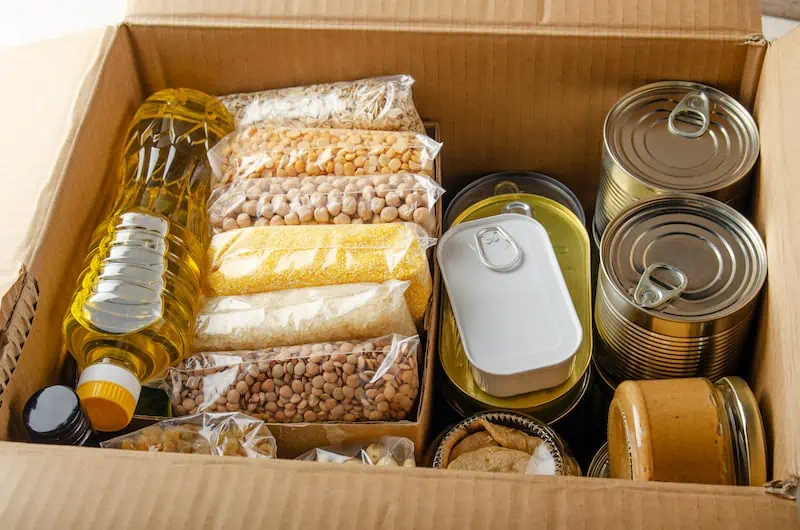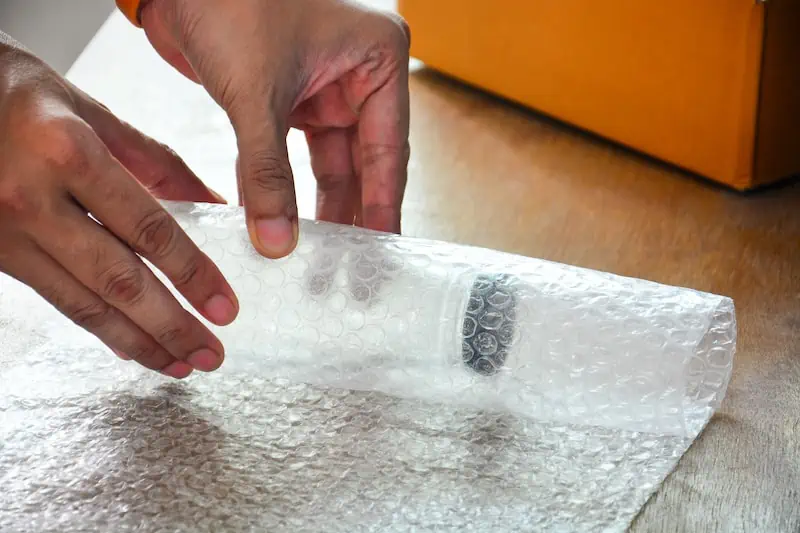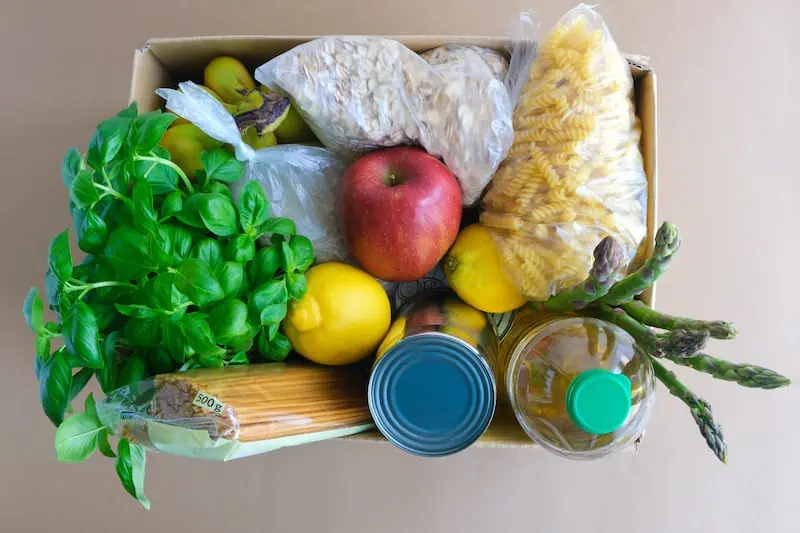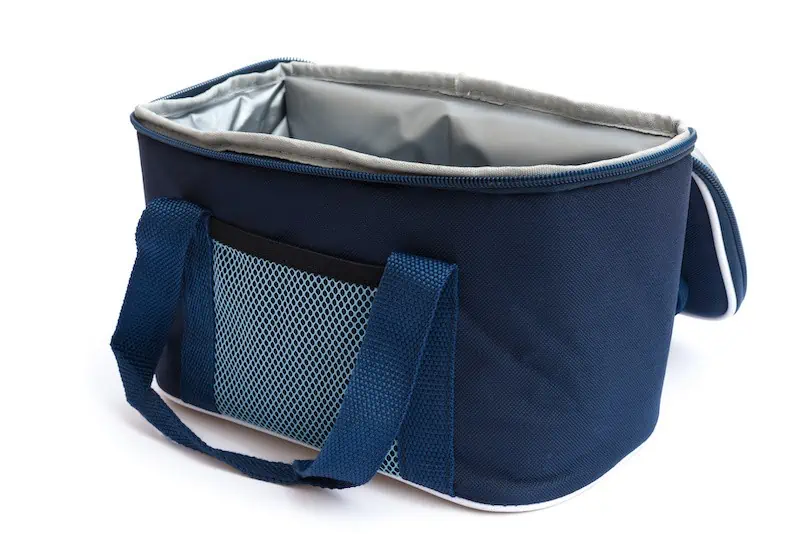When I was a mover, we always made sure we had some shrink wrap on our truck. Like tape and furniture pads, shrink wrap is an essential part of the equipment list of every moving pro, even if we don’t always use it.
So do you need shrink wrap for your DIY move? There are a bunch of reasons why you might, and plenty of situations where it would help. But while shrink wrap can be extremely useful, it isn’t always necessary for a successful move.
Let’s get into why and when we use shrink wrap so you can decide for yourself if you need it.
What Exactly Is Shrink Wrap?
Shrink wrap, also known as plastic wrap or stretch wrap, is a sheet of clear, durable plastic hundreds of feet long. It comes in the same basic shape as a roll of Saran Wrap, but don’t expect to find any in your kitchen drawers. A roll of shrink wrap is about eighteen inches long and is as thick and heavy as a log.
Shrink wrap is also much thicker, stronger, and stickier than anything you’d use on your leftovers. It’s most often used to wrap large pieces of furniture and major appliances. It doesn’t come in a box like Saran Wrap, though it does sometimes come with handles or a dispenser attachment.
Why Use Shrink Wrap?
Most professional movers use shrink wrap for three reasons:
- To keep dust and dirt off of upholstered furniture (“OS” in mover-speak)
- To keep furniture pads in place around larger items like OS, major appliances, pianos, large TVs, and heavy tabletops
- To keep drawers from sliding out of your dresser, the cushions on your sofa and loveseat from falling off and getting dirty, and to prevent the doors on your China hutch or armoire from swinging open and breaking right off their hinges
These are the main uses of shrink, but there are many others. Wrapping a swivel office chair can help keep its moving parts from being pushed around and possibly damaged. Shrink wrapping a piece of cardboard over a furniture pad that is covering the glass of a China hutch or a curio can help avoid it shattering, and it can be used to wrap a bunch of yard tools to keep them in a tight bundle.
Years ago two of my fellow crew members, in the process of tackling a garage, wrapped up an entire plastic shelving system with everything still on the shelves. This saved about an hour of packing, and only worked out since there was nothing heavy on those shelves. I generally wouldn’t encourage the practice, but you can see how shrink can be used in some pretty unique ways.
Since shrink wrap is generally used for larger objects, when we use it, we tend to use a lot. Unfortunately, shrink wrap is not something we can reuse, so when the move is over all that shrink ends up in the trash. Please keep this in mind as you plan your own move.
When Is Shrink Wrap Unnecessary?
One main use of shrink wrap is to protect upholstered furniture, which is also known as OS in the business. If you don’t have any OS, then there’s one less reason to need shrink. If you have OS but you’re only moving a short distance, it may not be worth the bother or the expense of wrapping it.
“…you want to avoid rolling shrink wrap across the floor, your driveway, or the floor of your truck or container. Even one small rock can nick the surface, causing the plastic to pull apart in pieces the next time you try to use it.”
Another reason to use shrink is to keep furniture pads in place. Even if you’re only moving a short distance, I’d still recommend using pads for your furniture and any major appliances. Pads can also be kept in place with tape — the same kind you use when packing stuff in cardboard boxes. Tape may not be as effective as shrink, but if you only have a few items that need to be padded, buying a five-hundred-yard roll of shrink wrap may not make sense for you.
Likewise, some well-placed tape can keep dresser drawers and China hutch doors from opening and dumping out all your stuff or breaking. Just don’t put tape directly on the wood! Pad those pieces of furniture first.
In short, tape can do much of what shrink wrap does, just not quite as well. Keeping furniture pads in place is one thing, but to keep dust and dirt off your OS, you’d be much better off with shrink.
How Do You Use Shrink Wrap?
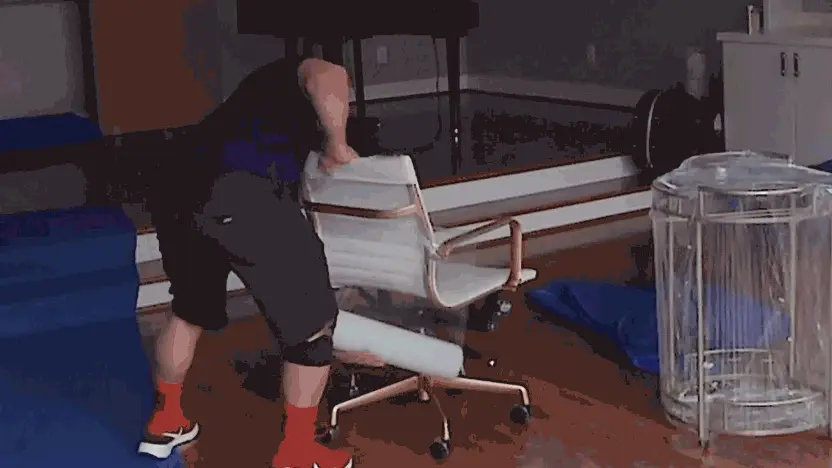
Whether you’re trying to protect your OS from dust and dirt, keep those furniture pads from slipping off your fridge, or prevent your dresser drawers from sliding out onto the floor, you’ll want to wrap that shrink tight. You’ll notice pretty quickly that shrink wrap doesn’t generally stick to your stuff; it only sticks to itself. To get that shrink-wrapped tight right from the start you’ll need to do one of the following:
- For something with feet or short, solid legs – a sofa or a long dresser, for example – crumple up the free end of the plastic wrap and tie it around one foot or leg.
- For an appliance or a piece of furniture with no place to tie off, have someone hold the free end of your shrink wrap flat against one surface. Trying to do this by yourself is a real pain, so ask a friend or family member!
With your shrink wrap tied or held firmly in place, you can start wrapping. You might find it easiest to hold the insides of the roll loosely with your fingers (wear gloves!)and walk backward around whatever you are wrapping. In this example let’s say it’s your sofa.
At first, the shrink wrap should not even be touching the sofa as you unroll it. Keep it off the sofa’s surface until you get past the sofa’s edge or corner. Then pull the shrink wrap tight and hook it around that corner or edge. Keep going around and around like this until your sofa is covered tightly.
If your friend is holding the shrink wrap in place, remember that since shrink wrap only sticks to itself your friend will have to hold on until you make your way all the way around and wrap some shrink over that loose end — and probably your friend’s fingers.
And that’s all it takes to wrap things in shrink!
However, keep in mind it’s possible to wrap things too tightly, or too thoroughly, so go slowly and don’t be afraid of starting over if things start to go sideways.
Our Top 5 Tips for Using Shrink Wrap
#1. Always wear work gloves.
Some shrink wrap comes with handles on the ends, making it look like a big rolling pin. But I personally find that these handles just get in the way, especially when you try to wrap the bottom edge of your upholstered sofa or heavy dresser.
It’s much easier to hold your roll of shrink wrap loosely, letting it unroll around your fingers as you go. But be careful! Don’t find out the hard way that the friction of the spinning roll of shrink wrap will burn the skin right off your bare fingers, kind of like a rope burn. Trust me, find some decent gloves.
#2. Shrink wrap can damage certain materials.
Wrapping OS and mattresses with shrink wrap generally does not cause problems because the plastic won’t adhere to the fabric. On the other hand, shrink wrap can stick to wood, vinyl, and some metals.
Over time and in extreme temperatures, shrink wrap tends to adhere to your wooden dining room chairs, your leather couch, and even the sides of your fridge. And it may never completely come off. This is especially crucial to remember if you are moving long-distance or putting your stuff into storage.
The easy solution is to first cover these items in furniture pads or thick brown paper sheets before wrapping them tightly in shrink wrap. “Tightly” is the key word here, because if it’s loose, it won’t hold those furniture pads or sheets of paper in place, and your fridge will slip right out of your hands.
See prices for local moving labor. Read real customer reviews. Easily book your help online.
#3. Shrink wrap can lead to mold.
While shrink wrap’s primary purpose is to keep dust and dirt away, completely sealing your sofa in the stuff can backfire. If moisture gets trapped inside and has no way of escaping, you can end up with mold and mildew all over your living room set.
Here too, extended time and extreme temperatures can exacerbate the situation. Be sure to leave a few openings when you wrap your OS (and everything else) in plastic.
#4. Don’t strangle your stuff
Yes, it’s important to wrap your shrink tightly. Of course, this means putting pressure on what is being wrapped. But, if you pull that shrink too tight around your dining room chairs or your coffee table, you can snap the legs right off. This applies to any other pieces of furniture with legs, like upright pianos, sideboard tables, and the rare dining room or kitchen table with legs that don’t detach.
“Unfortunately, shrink wrap is not something we can reuse, so when the move is over all that shrink ends up in the trash. Please keep this in mind as you plan your own move.”
Similarly, I don’t advise shrink-wrapping cheap IKEA-type furniture. That bookcase you bought and put together yourself will likely collapse under the weight of plastic wrap and tension.
#5. Don’t let your shrink wrap fall or roll on the ground.
As heavy and solid as a roll of shrink wrap is, you might think the stuff is indestructible. But that weight will be its undoing if you drop it on the floor. The edge of the roll will get dented, and the next time you try to use it the plastic will get stuck in itself where that dent is, rendering the entire roll useless.
For the same reason, you also want to avoid rolling shrink wrap across the floor, your driveway, or the floor of your truck or container. Even one small rock can nick the surface, causing the plastic to pull apart in pieces the next time you try to use it.
If you’ve never used it, shrink wrap can seem like an unnecessary expense. Depending on your specific set of circumstances, you may be right! But use it once and you may just wonder why anyone would move without it.
The call is yours. Shrink wrap, while potentially pricey, can make your move easier while protecting your stuff in a way that tape simply can’t match.

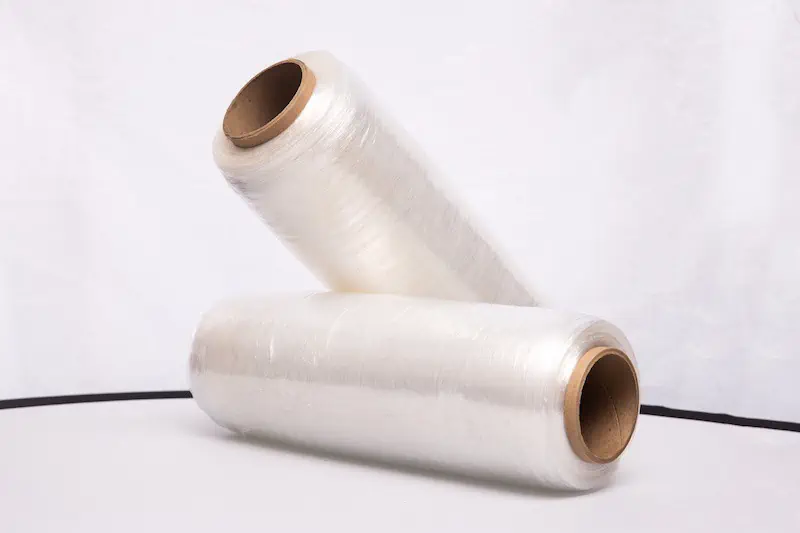


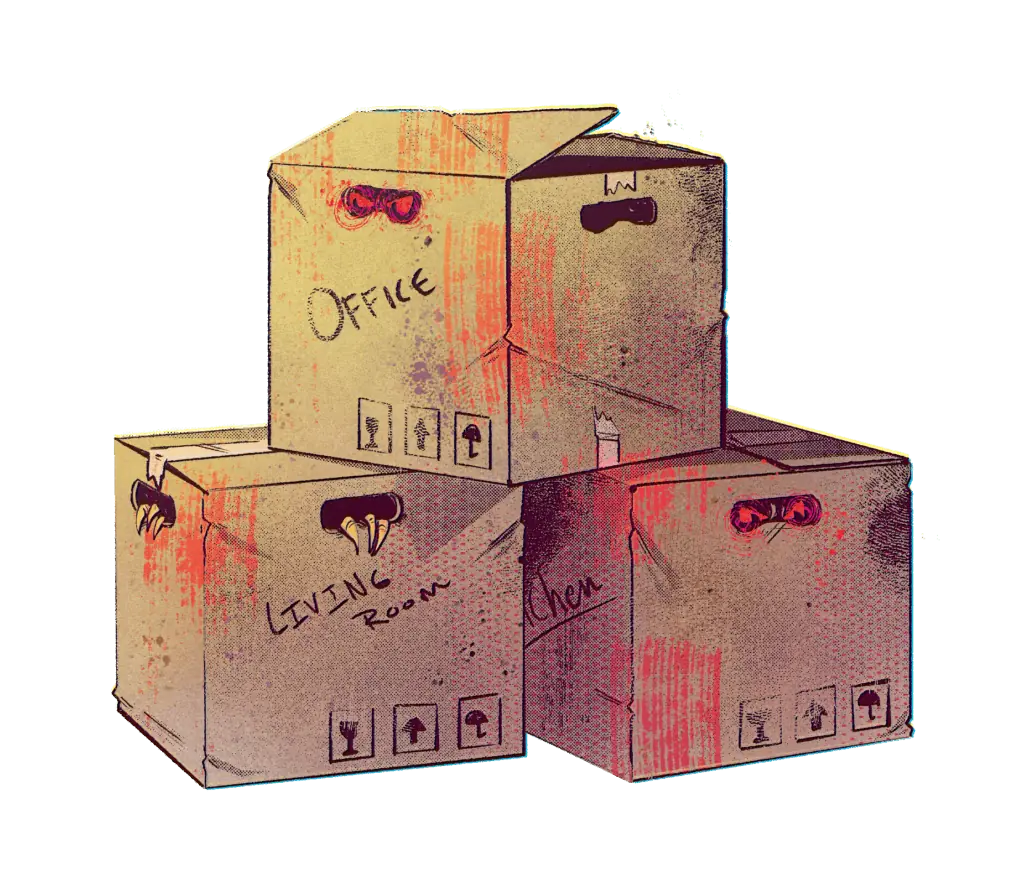 The total number of scams alone doesn’t tell us much about the impact they might have on people who fall victims to various kinds of moving fraud. Another way to gain an understanding of a moving scammer’s impact is to look at the amount of money lost to moving scams over the years.
The total number of scams alone doesn’t tell us much about the impact they might have on people who fall victims to various kinds of moving fraud. Another way to gain an understanding of a moving scammer’s impact is to look at the amount of money lost to moving scams over the years.
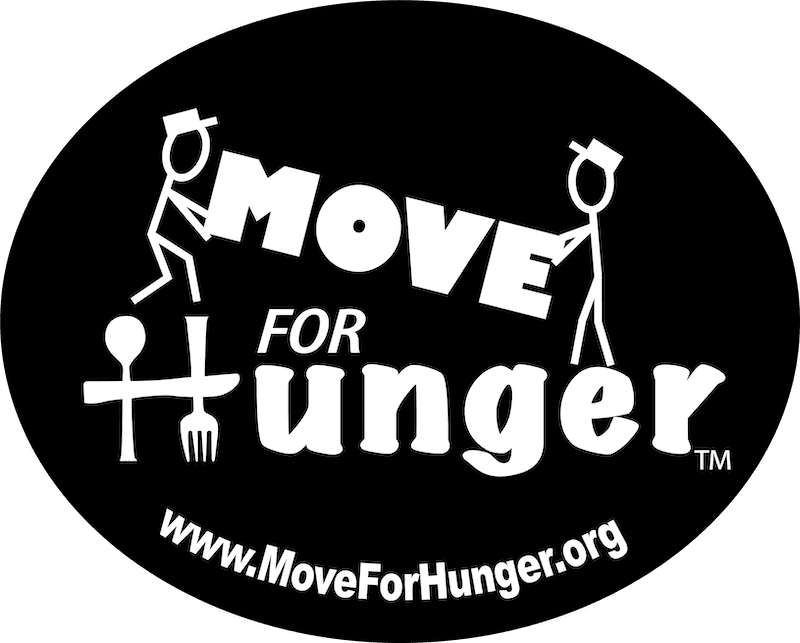 And of course, your local food bank will usually be grateful for any canned or otherwise shelf-stable goods you have to share. You can organize a drop-off yourself, or ask your movers to donate your extra food to
And of course, your local food bank will usually be grateful for any canned or otherwise shelf-stable goods you have to share. You can organize a drop-off yourself, or ask your movers to donate your extra food to 
